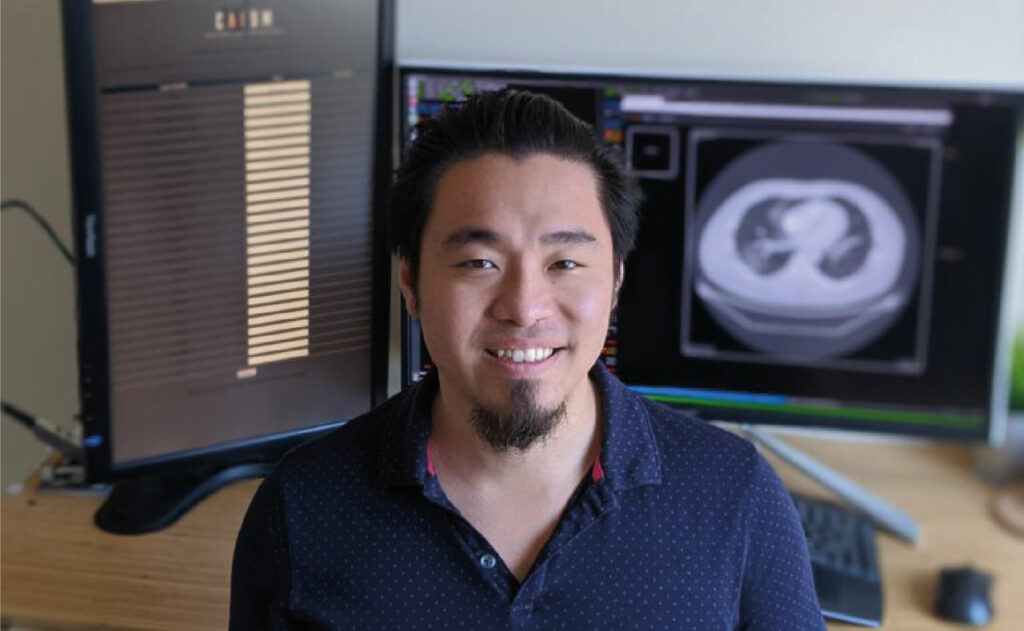Emergency Radiology and the Critical Role of AI

Emergency rooms are the front lines of critical care, where every second matters. A fast, accurate diagnosis can mean the difference between life and death, but radiology departments are under growing pressure. Overcrowded hospitals, a rising number of imaging scans, and a global shortage of radiologists have created a bottleneck in emergency care. This is […]
How Artificial Intelligence is Revolutionizing Opportunistic Detection on CT scan?

In medical imaging, opportunistic findings are unexpected gems uncovered during unrelated procedures. The synergy of human expertise and AI’s pattern recognition becomes a powerful tool to speed up diagnoses, enhance care, and save lives.
The Steps to Build a Robust Clinical Application

Validation is a crucial step before a medical device (MD) is put on the market. We can easily think that validating an artificial intelligence triage solution for radiology is an easy path: Yes/No. There is a single pathology: it doesn’t require a lot of work! However, it is a step with heavy responsibility. Whether it […]
Surging AI in Healthcare: What Sets Avicenna.AI’s Triage Apart?

We all recognize that artificial intelligence plays an increasingly prominent role in the medical field today. Each day more and more software applications are being developed to support physicians and facilitate their work. So what makes Avicenna stand out from the rest? To begin, a key focus of the Avicenna portfolio today lies in a […]
Sur le marché de la radiologie, Avicenna.Ai se place en challenger

Installée à La Ciotat, cette entreprise offre aux radiologues un outil leur permettant de déterminer quels patients nécessitent une prise en charge d’urgence grâce à l’intelligence artificielle. Après avoir pris le temps de perfectionner sa solution, elle s’apprête à la mettre sur le marché et vise avant tout les États-Unis.
